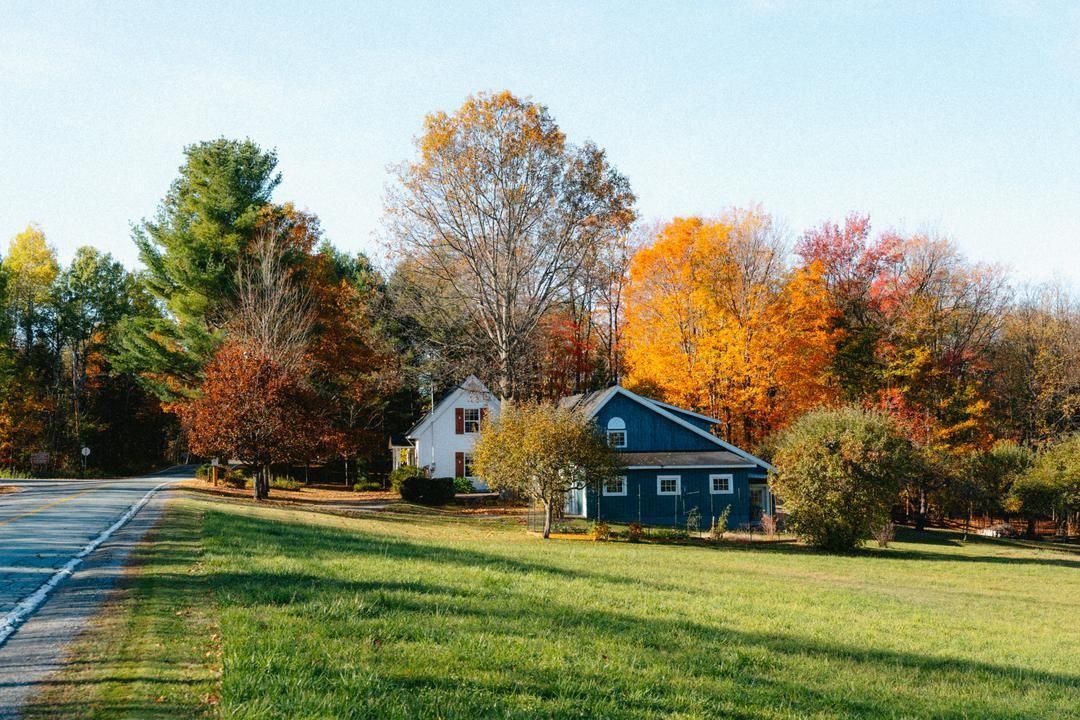Many buyers in the San Diego Metropolitan Area who are planning a move in 2026 are starting to look ahead. While making a purchase may still feel like a distant goal, the preparation phase often begins months before you even think about a mortgage application or listing alerts. One effective approach at this stage is simple and experiential: spend time in the neighborhoods you’re considering. Think of it as a test-drive. Instead of just reviewing maps, online listings, or market reports, take the time to observe how daily routines might feel in that location.
The quieter pace of November is perfect for this kind of exploration. The seasonal shift changes how neighborhoods look and how people use public spaces. It becomes easier to notice daily rhythms, routines, and small details that contribute to a sense of fit. This method helps buyers clarify what they value in a location before the busier spring market returns.
This post offers practical ways to approach neighborhood scouting so you can evaluate lifestyle fit in a grounded way that aligns with your long-term priorities.
What lifestyle fit means
Lifestyle fit refers to how a location aligns with your daily needs, habits, and preferences. Many buyers focus on bedroom count, architectural style, or renovation potential. Those are concrete and easy to compare. However, where you live also influences your schedule, access to resources, and how you move through the day.
A neighborhood might be close to workplaces but far from grocery stores that match your routine. A street might look quiet online but experience more activity during certain hours. Weather patterns, lighting, and travel times change across seasons. These conditions shape daily experience. Observing them early helps buyers avoid surprises later.
Start with a list of what matters to you. Some examples might include:
- Approximate commute time
- Access to public transit or bike routes
- Walkability to daily essentials
- Proximity to parks or trails
- Type of nearby retail and food options
- Level of street noise at different times of day
Walk the neighborhood, not only the main streets
Online research often focuses on central commercial areas, but residential streets can vary significantly from block to block. When exploring, choose a few routes and walk them at different times. Early morning, late afternoon, and early evening can each provide different impressions.
Notice how people use the sidewalks. Observe how much vehicle traffic moves through. Look at lighting, shade, and open space. If you see neighbors outside, note how they interact. None of these details indicate better or worse conditions. They simply show how daily life takes shape in that area.
Visiting during November can clarify how a neighborhood adapts to cooler weather. Outdoor seating at restaurants, foot traffic in parks, and community events shift during this time. If you plan to live in this area year-round, these seasonal clues are useful.
Try the commute as it would exist in your routine
Commute estimates online rarely match the lived reality of traffic patterns. To truly understand the experience, try making the commute yourself. If you plan to drive, choose the approximate time you would leave for work. If you plan to use public transit, follow the full route, including walking connections.
This can reveal whether the commute is manageable or more draining than expected. It can also uncover alternate routes or travel considerations that are not obvious from mapping tools. Repeat the test a few times if possible since traffic and transit vary across days.
Complete a weekly errand loop
Living in a neighborhood involves repeated errands. Choose one weekend and complete these tasks in the prospective area. Buy groceries. Visit a pharmacy. Fill a gas tank. Pick up a snack or coffee. The purpose is not to evaluate businesses as better or worse but to see whether the routine feels smooth and natural.
For example, a grocery store might offer the ingredients you prefer or require adjustments. A local gym might have available class times that match your schedule. A public library branch may offer study spaces or community programming that aligns with your interests. By doing these tasks before moving, you can understand whether your lifestyle transfers easily.
Spend time in local public spaces
Public spaces show how a community organizes itself. Parks, trails, plazas, community centers, and waterfront areas often reveal how residents gather. Visiting these areas in November shows how the community adjusts as outdoor life changes with the season.
Take a walk on any nearby trails. Observe how many others are doing the same. Stop by a community center or library to review posted events. You can also check local bulletin boards for clubs, sports, or volunteer opportunities. These details indicate how people connect.
Eat or get coffee locally
Restaurants and coffee shops reflect the pace of a neighborhood. Sit for a meal or drink and observe the environment. You don’t need to analyze it. Simply notice how long people stay, whether conversations are loud or quiet, and who seems to frequent the space. These observations can help you understand whether the overall atmosphere feels familiar or different from what you expect day to day.
Stay overnight if possible
If you’re deciding between two or three potential neighborhoods, consider staying overnight in each one over separate weekends. Lodging options vary, so this may require planning. The goal is to experience nighttime sound levels, lighting, and movement. Some neighborhoods feel lively and active at night. Others become very quiet. Experiencing this firsthand provides clarity on whether the environment supports rest and comfort in a way that fits your routines.
Take notes, but do not rush conclusions
During this exploration phase, allow yourself to simply observe. Decisions don’t have to be immediate. You may find that certain aspects matter more than you expected. For instance, access to a certain type of grocery store might influence weekly flow more than commute time. Or park access might become central to morning routines.
Noticing these preferences early helps build a clear picture of what supports your daily life.
Review what you learned
After spending time in a neighborhood, write a brief review for yourself. Include:
- What felt natural
- What felt unfamiliar
- Which tasks were easy
- Which routines required adjustment
These notes will help organize your impressions. If you visit multiple neighborhoods, these reflections will support comparison without relying on memory alone.
Why November provides useful context
Real estate searches often peak in spring and summer. Those seasons show neighborhoods at their most active. Visiting in November changes the frame. Cooler weather shifts outdoor patterns and reveals how spaces function year-round. Leaves have fallen, so visibility increases. Outdoor gathering areas are quieter, which highlights the built environment and infrastructure.
These conditions help clarify whether a neighborhood aligns with the daily life you envision.
Preparing for the spring market
If you plan to buy in 2026, gathering this information now helps shape your search criteria. Instead of beginning with a wide list of locations, you may narrow down to a smaller set that supports your preferred routines. In competitive markets like San Diego, clarity saves time and reduces stress. It also helps ensure that your choice aligns with the way you actually live, not just how the home looks online.
Neighborhood test-driving isn’t a high-pressure or rushed approach. It’s simply spending time in a place to understand it. November provides a natural opportunity for this exploration.
Taking this step now can support thoughtful, confident decisions when the time to move forward arrives.





